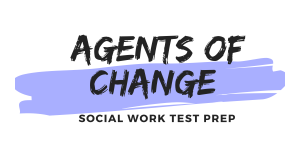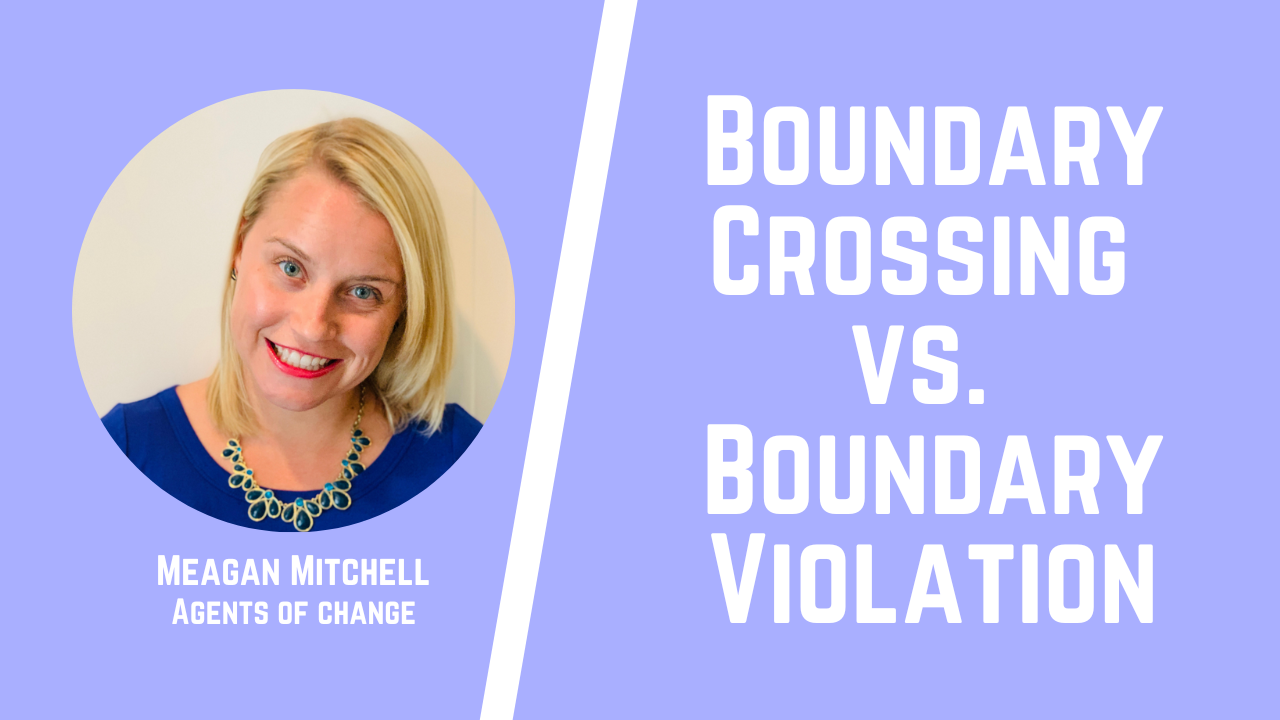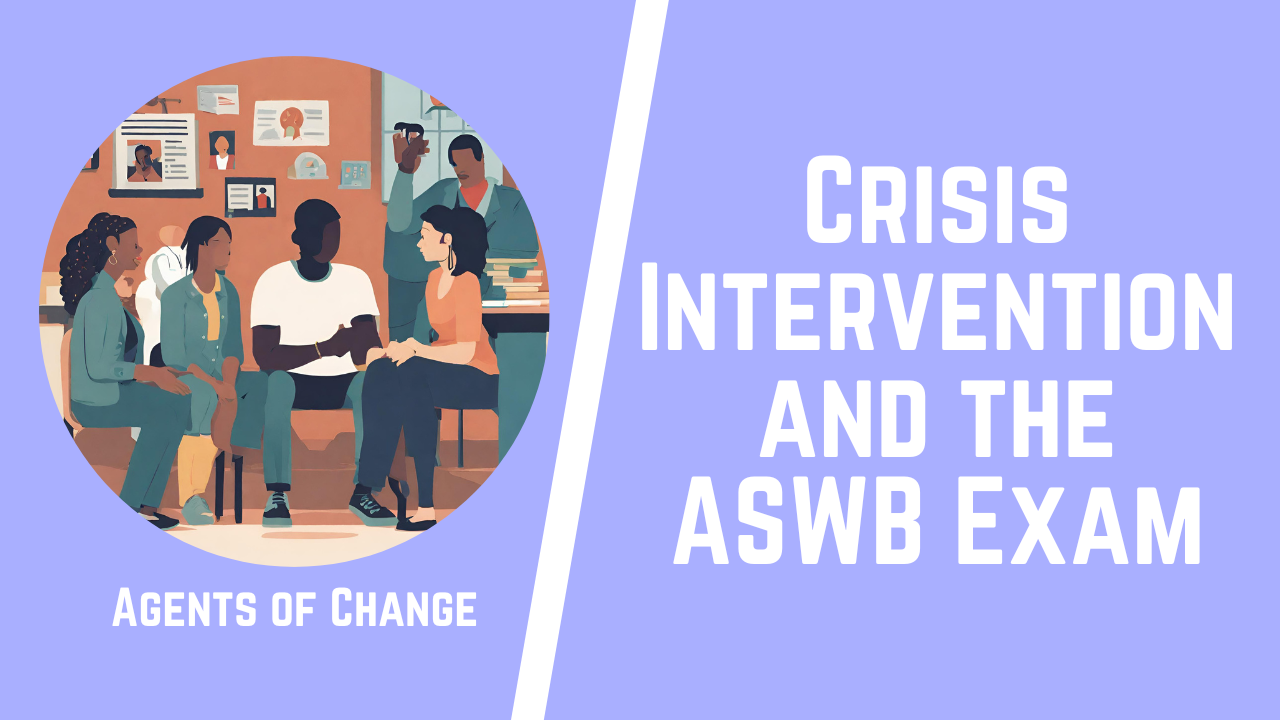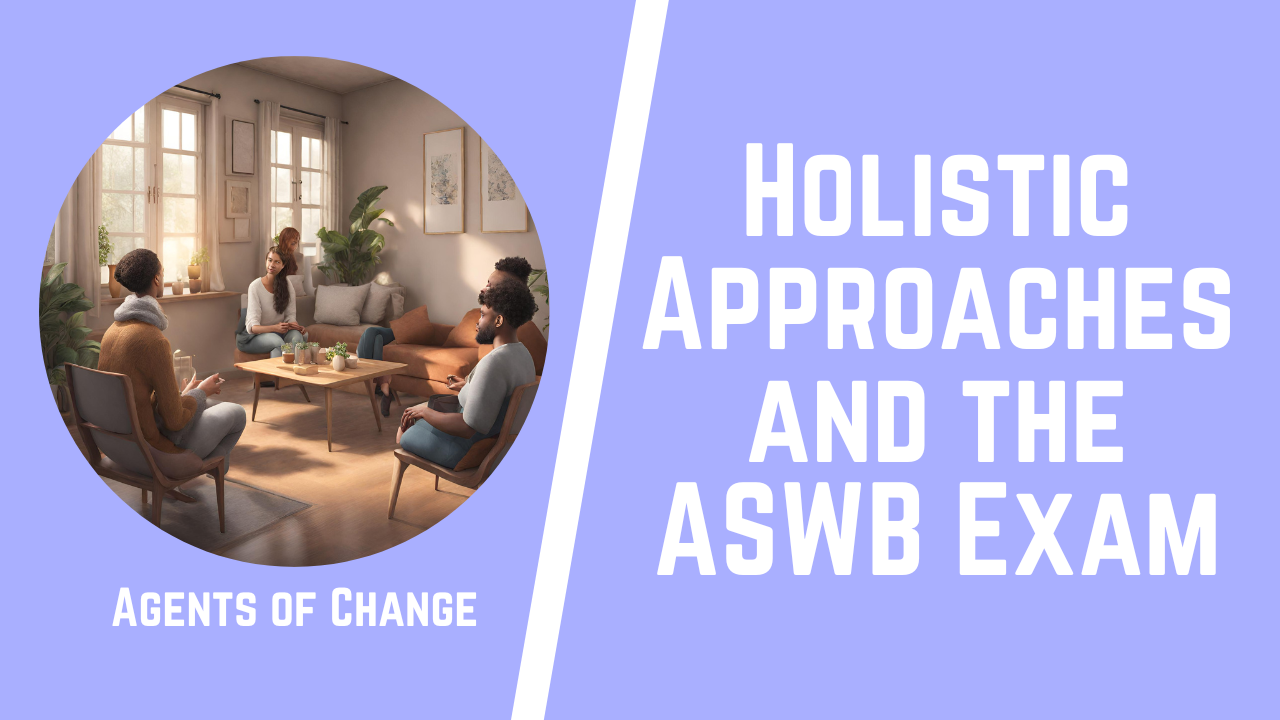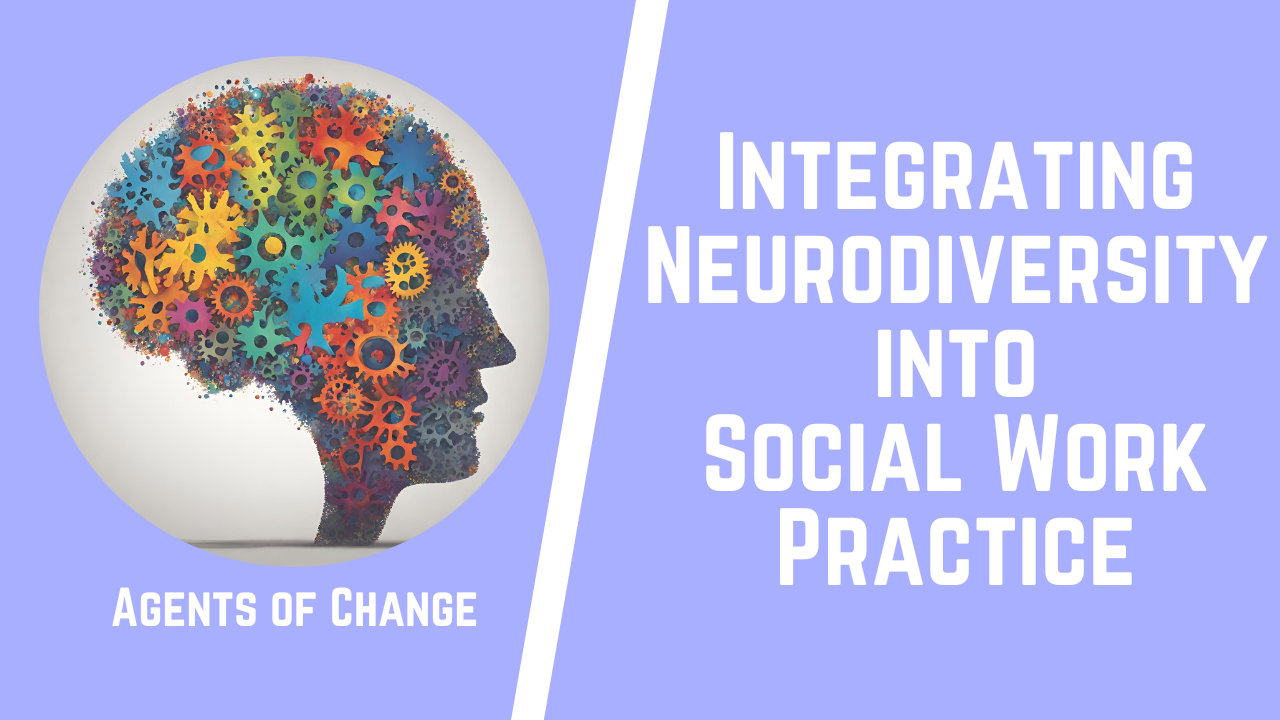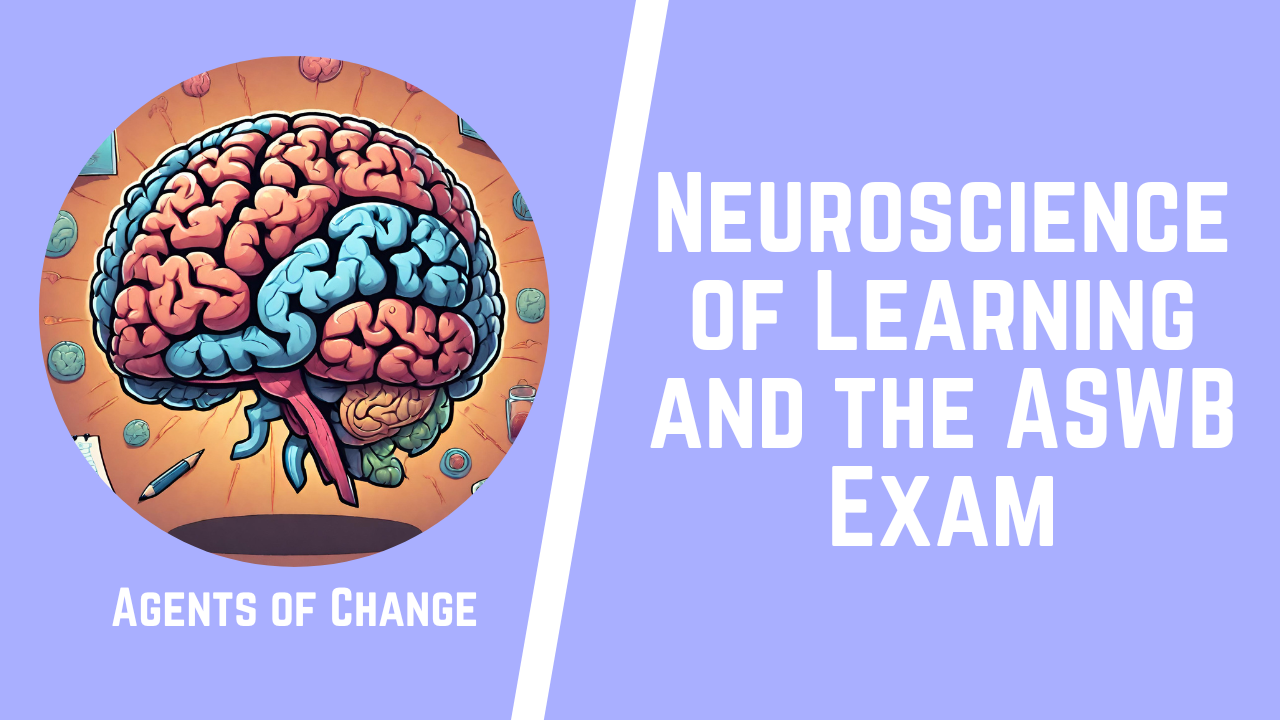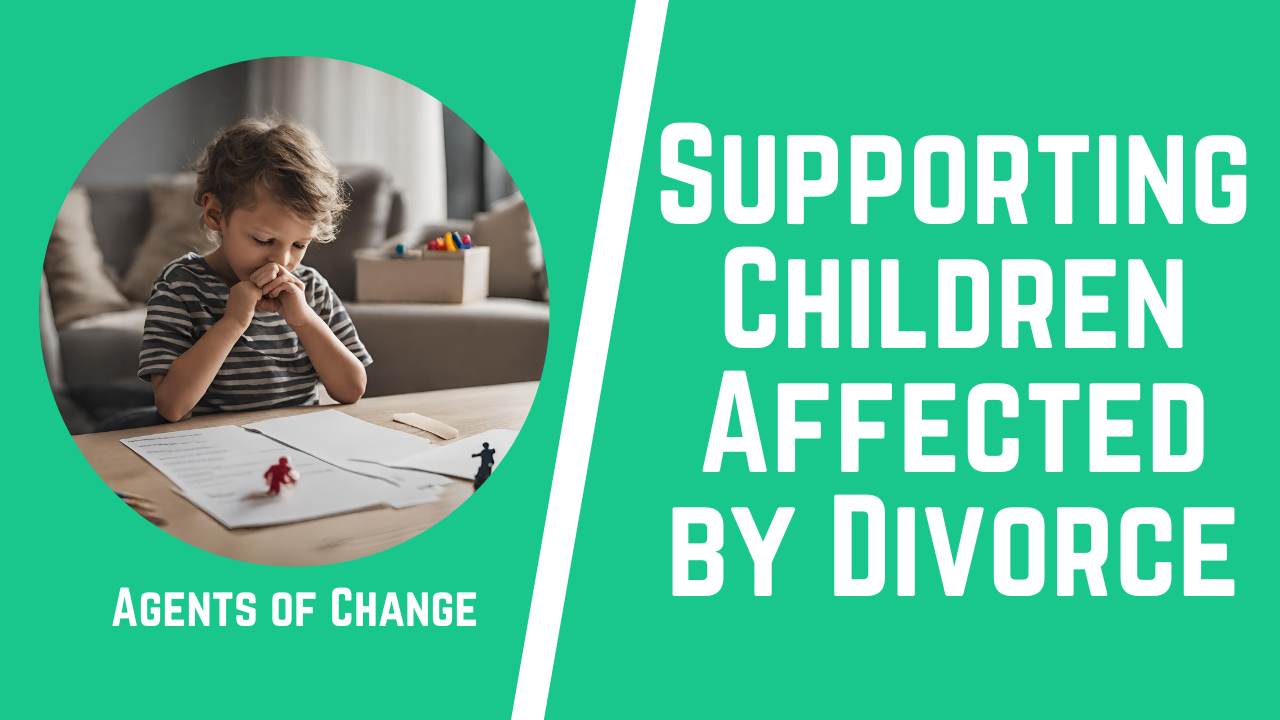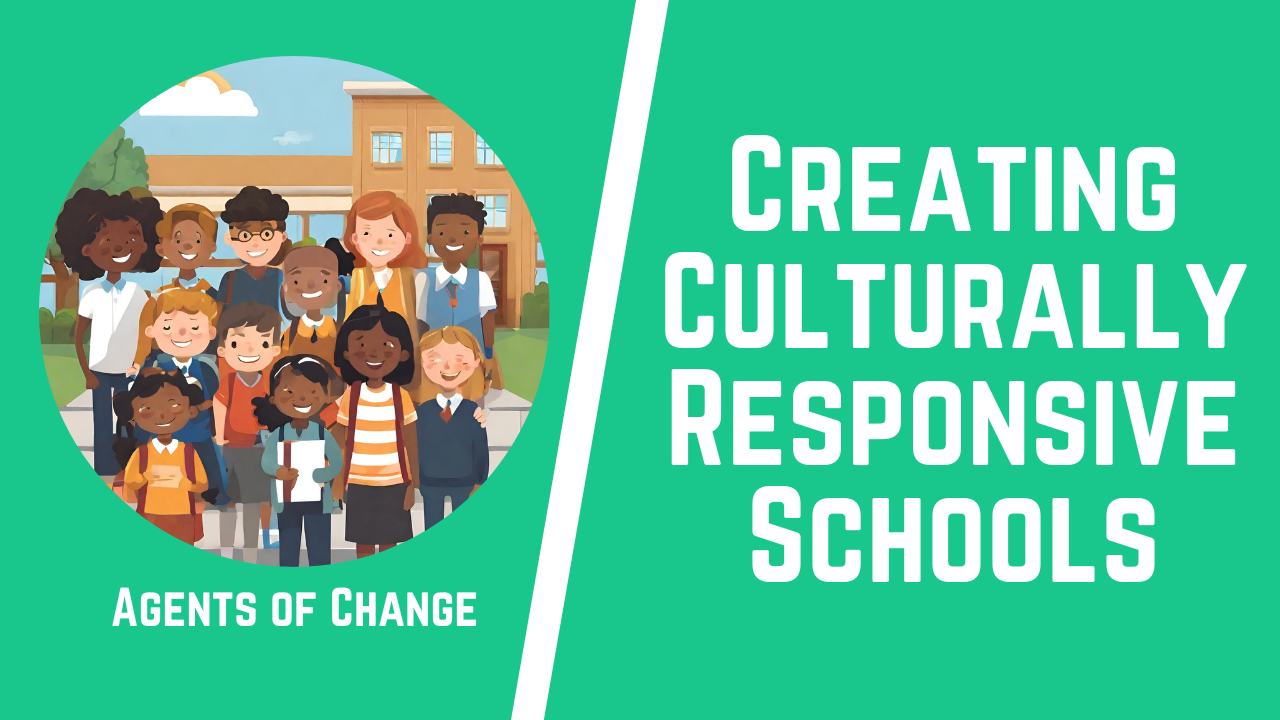One of the trickier areas of the ASWB Exam is understanding the difference between boundary crossing and boundary violation. Let’s dive into it and see why the devil is in the details here.
1) Unraveling the Twisted Threads: Boundary Crossing vs. Boundary Violation
Now, let’s not kid ourselves; these two terms sound almost interchangeable, don’t they? But there’s a world of difference!
Boundary Crossing: The Polite Guest
First off, boundary crossings, in the Social Work universe, are essentially mild, often unintentional deviations from established professional rules or norms.
They are usually benign and may even enhance the therapeutic relationship. You might think of them as the polite guests of the Social Work party; they occasionally step out of line, but their heart is in the right place.
Some examples of boundary crossings:
- Accepting a small, non-expensive gift from a client
- Offering a brief, comforting hug when a client shares painful news
- Self-Disclosure: A Social Worker may share some personal information or experiences with a client when it serves a therapeutic purpose. However, it’s important that the information shared is relevant, limited, and maintains the focus on the client.
Boundary Violation: The Party Crasher
On the other side of the fence, we have boundary violations. Now, these are the party crashers of the Social Work world.
They involve a significant departure from professional norms, often with harmful or potentially damaging effects on the client. Boundary violations often exploit the client or the therapeutic relationship.
Examples of boundary violations:
- Entering into a romantic or sexual relationship with a client
- Borrowing money from or loaning money to a client
- Exploiting a client for personal, political, or business interests
Now that we’ve identified differences between boundary crossing and boundary violation, let’s see how they come into play in the ASWB Exam.
2) Crossing the Right Lines: Boundary Management in the ASWB Exam
Aspiring to ace the ASWB Exam? Well, understanding boundary management is key. The Exam will challenge you with hypothetical scenarios and expect you to identify and respond appropriately to both boundary crossings and violations.
But don’t break into a cold sweat just yet! Take a deep breath, and let’s look at a few tips to help you handle these questions like a champ.
Tips to Tackle Boundary Questions in the ASWB Exam
- Context is king. Always consider the context of the situation, the client’s needs, and the potential for harm or benefit.
- Put your ethical hat on. Draw from ethical principles and the Code of Ethics specifically to justify your response. Learn more about the Code of Ethics in this blog post.
- When in doubt, consult! Never underestimate the value of supervision and consultation in resolving boundary dilemmas.
3) ASWB Practice Question – Boundary Crossing vs. Boundary Violation
Question: Samantha, a Social Worker, has been working with a client, Jake, who is struggling with depression. After a particularly intense session, Jake presents Samantha with a homemade cake as a thank-you for her support. How should Samantha respond?
A) Samantha should accept the cake and thank Jake for his kindness.
B) Samantha should refuse the gift and take time to remind Jake of their professional relationship.
C) Samantha should report Jake to her supervisor for overstepping his boundaries.
D) Samantha should ask Jake to give the cake to someone else instead.
Answer: A) Samantha should accept the cake and thank Jake for his kindness.
Rationale: The scenario described here would typically be seen as a boundary crossing, rather than a boundary violation. The client, Jake, is giving a small, homemade gift to express his gratitude to Samantha.
This gesture does not seem to be harmful or exploitative and can be seen as a positive contribution to the therapeutic alliance.
4) FAQs on Boundary Crossing and Boundary Violation
Q: Is any boundary crossing acceptable in Social Work?
A: Yes, certain boundary crossings can be acceptable at times in Social Work if they are done in the client’s best interest and don’t risk exploiting or damaging the therapeutic relationship.
Q: What should I do if I accidentally commit a boundary violation?
A: If you find yourself in hot water due to an inadvertent boundary violation, immediately seek guidance from a supervisor or trusted colleague. Reflect on your actions, apologize if necessary, and take steps to rectify the situation and prevent future mistakes.
Q: How do I avoid boundary violations in social work?
A: Constant self-awareness, ongoing professional development, and supervision are your best friends in avoiding boundary violations. It’s also crucial to fully understand and adhere to the ethical guidelines of the Social Work profession. Learn more about Boundary Crossing and Boundary Violations and get access to hundreds of additional practice questions with Agents of Change.
5) Conclusion
There you have it, folks! The intriguing world of boundary crossing versus boundary violation in Social Work, and its significance in the ASWB Exam. With knowledge and practice under your belt, you’re sure to navigate these tricky waters like a pro.
Remember, Social Work is a fine balance. Yes, we may need to cross certain boundaries to forge meaningful connections, but never at the risk of violating professional ethics. It’s a tough line to toe, but we’re confident you’ll master it.
Learn more about Boundary Crossing and Boundary Violations and get access to hundreds of additional practice questions with Agents of Change.
We’ve helped thousands of Social Workers pass their ASWB exams and want to help you be next!
————————————————————————————————————————————————
► Learn more about the Agents of Change course here: https://agentsofchangeprep.com
About the Instructor, Meagan Mitchell: Meagan is a Licensed Clinical Social Worker and has been providing individualized and group test prep for the ASWB for over five years. From all of this experience helping others pass their exams, she created the Agents of Change course to help you prepare for and pass the ASWB exam!
Find more from Agents of Change here:
► Facebook Group: https://www.facebook.com/groups/aswbtestprep
► Podcast: https://anchor.fm/agents-of-change-sw
#socialwork #testprep #aswb #socialworker #socialwork #socialworktest #socialworkexam #exam #socialworktestprep #socialworklicense #socialworklicensing #licsw #lmsw #lcsw #aswbexam #aswb #lcswexam #lmswexam #aswbtestprep #aswbtest #lcswtestprep #lcswtest #lmswtestprep #lmswtest #aswbcourse #learningstyles #learningstyle
Disclaimer: This content has been made available for informational and educational purposes only. This content is not intended to be a substitute for professional medical or clinical advice, diagnosis, or treatment
